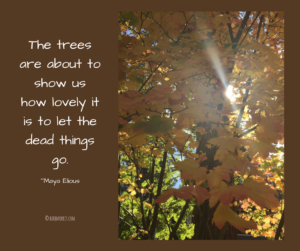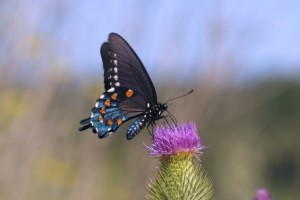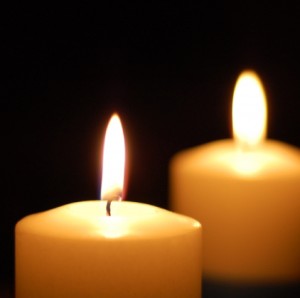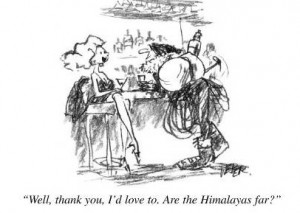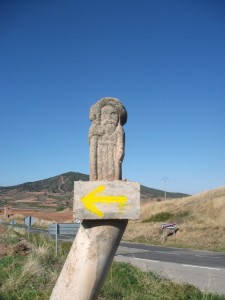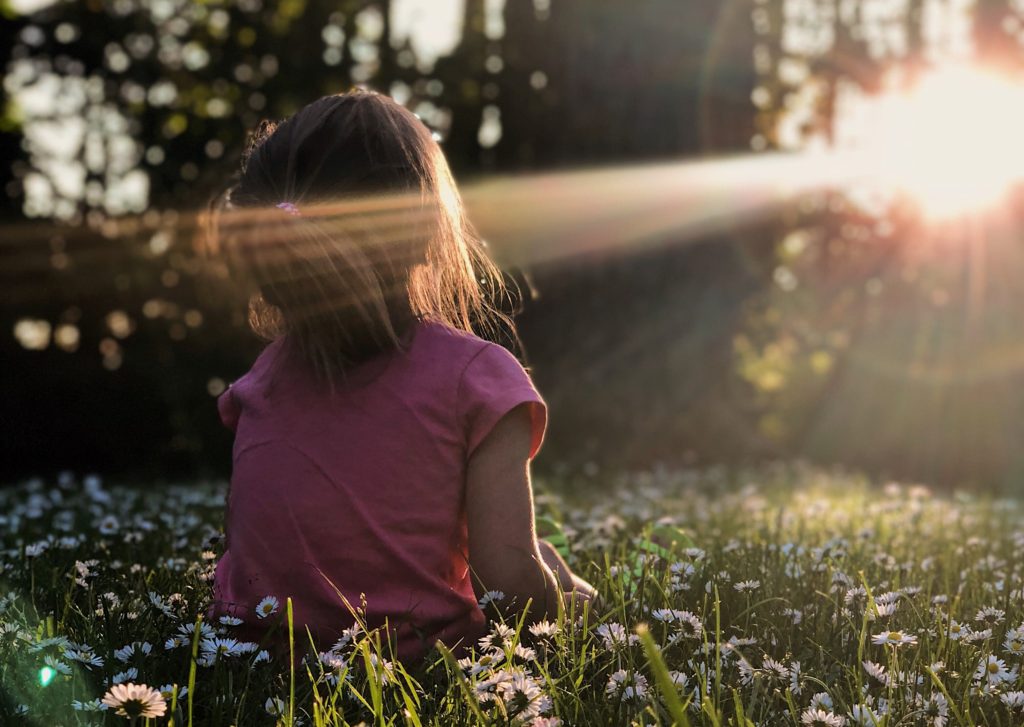
I’m awash in questions these days. Who am I if I let myself be healed? Who am I if I expand? Who am I if I let go of my stories about myself? Who am I if I anchor down into something deeper, bigger, and truer for me?
Martha, the hero of my Camino novels, is asking herself these questions, too. (Download Lost and Found for free here, and see this newsletter for an excerpt from the in-process sequel.)
We’re both, Martha and I, in the middle of an identity crisis. I don’t want to be. If you relate, you probably don’t want to be, either. Swimming in a sea of ambiguity isn’t fun.
Will there be a “me” left when I step out of the boxes that define me? Maybe not. Maybe there’ll only be flow and movement and connection with the One Deep Heart, the Immensity Underlying All That Is, the Holy Aquifer.
The woman calling to me from my core, the Wise Self inviting me to leave my self-imposed limitations behind, is a deeply joyful woman. I don’t yet know her well, this profoundly joyful woman who’s in love with her life.
Where will I go? Who will I become? What will I learn? What pain am I opening myself to as I soften my front? These are the questions that continue to bubble up from the scared part of me who desperately wants to feel safe.
I’m trusting there’s good news here. That this identity crisis is also an identity opportunity. Ambiguity means there are many possible outcomes. And I get to choose. Just as I have created my current life with my past choices, I create my future life with my current choices.
This evolution is not about looking for direction from outside. This evolution is not about getting it right. This evolution is not about waiting for permission.
This evolution, this turn of the wheel, is about being who I am, knowing what I know, and making choices from who I want to be. This turn of the wheel is about listening to wise future me. She’s who I already am, and who I’ve always been, and also who I’m not yet. Sounds crazy. Feels true.
I am the one who chooses. I am the one who intends. I am the one who acts, and by acting, creates.
So how to swim in a sea of ambiguity? The best way I know to hold space for yourself and your becoming when you don’t know where the ground is or if there even is any ground, to get in touch with your wise future self who is also your inner wise child and wise woman, is to meditate.
How does meditation help? Here’s how it works for me. When I sit in silence, I see those false identities and untrue stories I’ve carried around for decades for the lies they are. I get in touch with an achingly sweet inner spaciousness. I fall back in love with myself as I am.
Nothing is more powerful than loving ourselves as we are.
Let me say that again. Nothing is more powerful than loving ourselves as we are.
You are love. Anything you find in yourself that isn’t love also isn’t true.
Let the limiting lies you believe about yourself fall away, one by one, for as long as it takes, which is probably a lifetime.
Trust love. Trust yourself. Trust your wise inner knowing.
I don’t yet know well the deeply joyful woman who’s inviting me to grow into her. I don’t know her well, yet I trust her. I trust her with my life.
Who is calling you to swim in the sea of ambiguity? Remember, life evolves in the sea. Wade in. Swim. See what happens.
If you’d like companionship as you find and listen to your wise self, I offer a free, no-strings-attached Clarity Call. Follow the link to schedule.
Here’s a link to subscribe to my weekly newsletter for current coaching openings, offerings, and events.
Photo credit: Melissa Askew on Unsplash

